-
×
 E.A.N. (Electron Adapted Neurotherapy) Webinar Replay - Treatment Protocols By Jeremy Steiner
1 × $389.00
E.A.N. (Electron Adapted Neurotherapy) Webinar Replay - Treatment Protocols By Jeremy Steiner
1 × $389.00 -
×
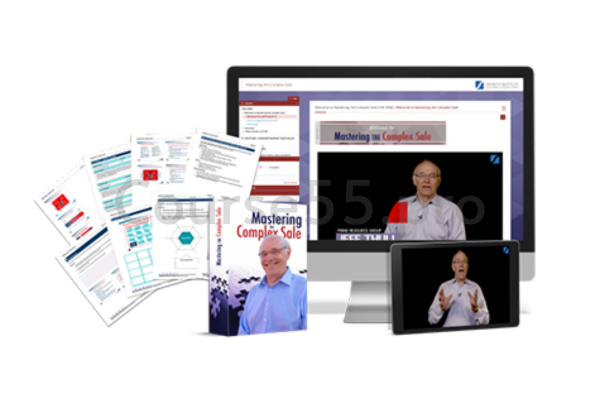 Mastering the Complex Sale 2021 By Jeff Thull
1 × $389.00
Mastering the Complex Sale 2021 By Jeff Thull
1 × $389.00 -
×
 Pure Selling - Master The Art Of Sales By James Macneil
1 × $139.00
Pure Selling - Master The Art Of Sales By James Macneil
1 × $139.00 -
×
 Eradicate ALL Causes of Anxiety (Advanced Version) By Spirituality Zone
1 × $8.00
Eradicate ALL Causes of Anxiety (Advanced Version) By Spirituality Zone
1 × $8.00
Do Less Method For Business By Kate Northrup
$997.00 Original price was: $997.00.$194.00Current price is: $194.00.
Download Do Less Method For Business By Kate Northrup, check content proof here:
An overview of Kate Northrup’s Do Less Method for Business
The pursuit of productivity in the fast-paced world of today frequently results in burnout and discontent. We live in a never-ending drive to do more, frequently at the expense of our wellbeing. But with her novel strategy, the Do Less Method, Kate Northrup offers a welcome change that embraces the idea of working smarter, not harder. With an emphasis on time and energy management designed especially for women and individuals who connect with cyclical energy, this approach has now developed into the Heal the Way You Work program.
Northrup stresses a profound realignment with the natural rhythms that govern our life, rather than merely a change in job management. In this article, we will explore the key components of the Do Less Method, its relevance to modern work culture, and its potential benefits and challenges.
Comprehending the Do Less Approach
Fundamentally, the Do Less Method is based on the knowledge that our energy levels and productivity are closely related. According to Northrup, we can increase productivity and lower stress by aligning our work schedules with our natural cycles, whether they are seasonal, lunar, or menstrual. The core idea is in line with the Pareto Principle, which famously states that 80% of our efforts usually yield 80% of our results.
This realization causes a fundamental change in strategy: rather than overcommitting oneself to activities, we should concentrate on the small number of activities that have a big impact. Consider a gardener caring for a garden, for example. Rather than sowing innumerable seeds, which may lead to a tangled mess, the skilled gardener carefully selects a few plants that thrive in the given environment, yielding a beautiful and productive space.
The Structure of the Heal the Way You Work Program
Northrup’s program consists of ten lessons designed to provide actionable insights into better time and energy management. These lessons include various planning techniques and organizational strategies to empower individuals to take control of their work life. Below is a brief overview of some key lessons:
- Seasonal Reviews: By recognizing that our energy levels change throughout the year, doing regular evaluations enables people to match their objectives with the varying seasons.
- Monthly Mapping: This method promotes more comprehensive planning by enabling tasks to be matched with energy peaks and valleys.
- Task batching: Putting related jobs together can greatly increase productivity, particularly when it’s in line with a person’s natural energy cycle.
These techniques are combined by Northrup with a truly comprehensive approach that aims to promote self-awareness, emotional contentment, and productivity. Her approach stands out as a subtle reminder to prioritize what really important in both the personal and professional spheres in a culture consumed with unrelenting productivity.
Benefits of the Do Less Method
The Do Less Method has generated a wave of positive feedback, particularly among individuals searching for a more balanced lifestyle. Here are some notable advantages:
- Empowerment through Cyclical Awareness: Many women, in particular, find empowerment in tracking their cyclical energy, allowing them to approach work with greater self-compassion and understanding.
- Reduction in Burnout: By focusing on quality over quantity, individuals experience reduced stress levels and a decrease in burnout.
- Enhanced Satisfaction: Embracing a pace that feels natural enhances overall life satisfaction, as individuals pursue tasks that resonate with their passions and strengths.
A study by the American Psychological Association revealed that employees who actively engage in self-care and energy management practices report higher job satisfaction and lower stress levels.
Problems and Criticisms with the Approach
Even if the Do Less Method is popular, there are some objections and difficulties that need be taken into account. There are several things to be concerned about:
- Accessibility Issues: According to critics, the cyclical approach might not be practical for everyone, especially for people who are restricted by strict work schedules or do not have the resources to assign jobs efficiently.
- Cultural Pushback: People may be skeptical or resistant to the idea of “doing less” in a society that frequently exalts busyness because they find it difficult to change their focus from productivity measurements to a more comprehensive viewpoint.
For example, a person in a high-stakes corporate setting might not be able to modify their job to accommodate these rhythms, highlighting a potential disconnect between the methodology and certain job realities.
Integrating the Do Less Method into Daily Life
For those interested in embracing the Do Less Method, practical steps can be implemented to create a more meaningful work-life balance. Here are some ideas to get started:
- Self-Reflection: Identify personal energy patterns when do you feel most energized? This awareness can help in scheduling tasks effectively.
- Set Realistic Goals: Focus on a few high-impact tasks weekly rather than overwhelming oneself with a long to-do list.
- Create a Supportive Environment: Surround yourself with those who support this approach to work. Engaging with communities that encourage balanced living can provide motivation and accountability.
By gradually integrating these practices, individuals can cultivate a work style that not only aligns with their personal energy rhythms but also promotes a sense of fulfillment and joy.
In conclusion
A significant change in the way we view work can be seen in the move from traditional productivity models to Kate Northrup’s Do Less Method and its development into the Heal the Way You Work program. People, especially women, can be empowered to take back their time and concentrate on the things that really matter by emphasizing a holistic approach that fits with our natural rhythms. The potential advantages of less stress, increased satisfaction, and a more balanced lifestyle are strong, notwithstanding certain obstacles. Adopting this approach could be the secret to finding contentment in the midst of the chaos of contemporary life.
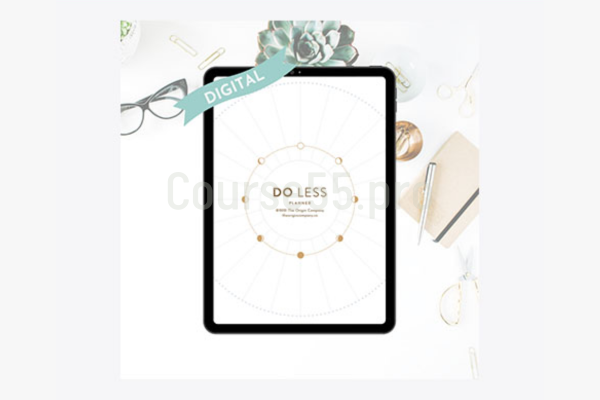
Frequently Asked Questions:
Business Model Innovation:
Embrace the concept of a legitimate business! Our strategy revolves around organizing group buys where participants collectively share the costs. The pooled funds are used to purchase popular courses, which we then offer to individuals with limited financial resources. While the authors of these courses might have concerns, our clients appreciate the affordability and accessibility we provide.
The Legal Landscape:
The legality of our activities is a gray area. Although we don’t have explicit permission from the course authors to resell the material, there’s a technical nuance involved. The course authors did not outline specific restrictions on resale when the courses were purchased. This legal nuance presents both an opportunity for us and a benefit for those seeking affordable access.
Quality Assurance: Addressing the Core Issue
When it comes to quality, purchasing a course directly from the sale page ensures that all materials and resources are identical to those obtained through traditional channels.
However, we set ourselves apart by offering more than just personal research and resale. It’s important to understand that we are not the official providers of these courses, which means that certain premium services are not included in our offering:
- There are no scheduled coaching calls or sessions with the author.
- Access to the author’s private Facebook group or web portal is not available.
- Membership in the author’s private forum is not included.
- There is no direct email support from the author or their team.
We operate independently with the aim of making courses more affordable by excluding the additional services offered through official channels. We greatly appreciate your understanding of our unique approach.
Be the first to review “Do Less Method For Business By Kate Northrup” Cancel reply
You must be logged in to post a review.

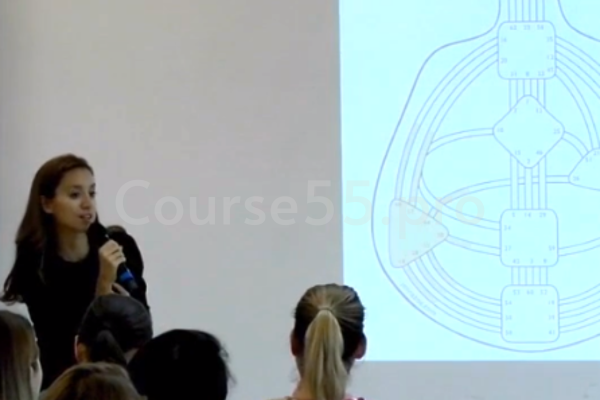
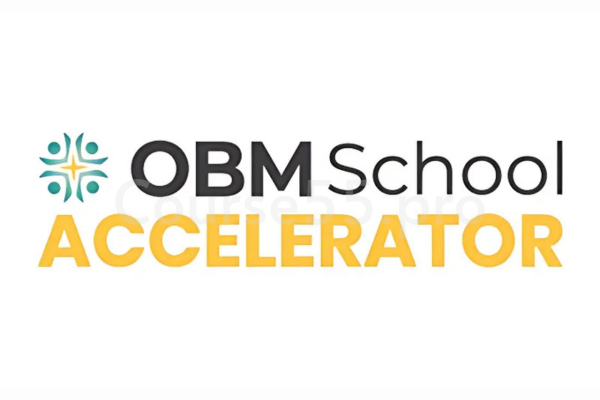



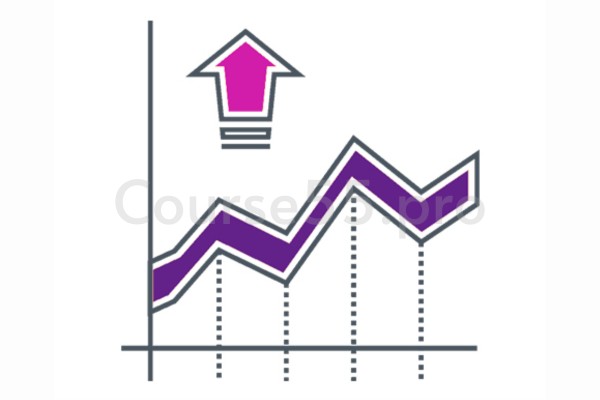
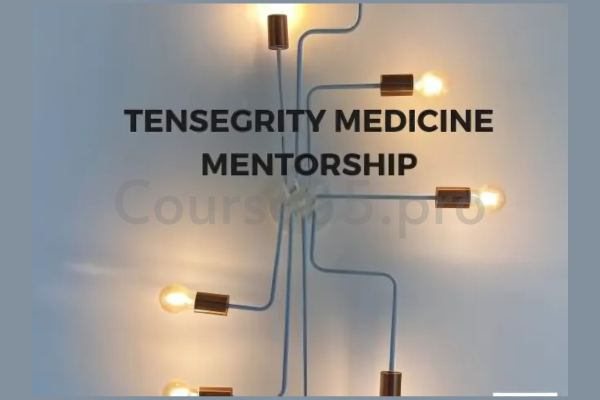
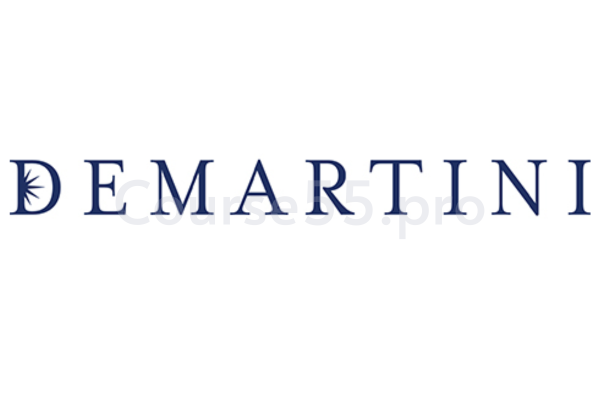

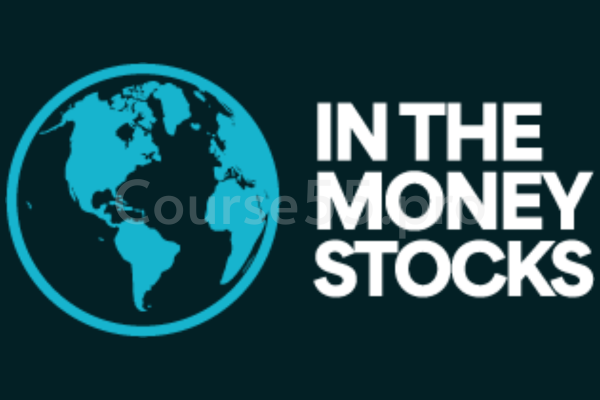
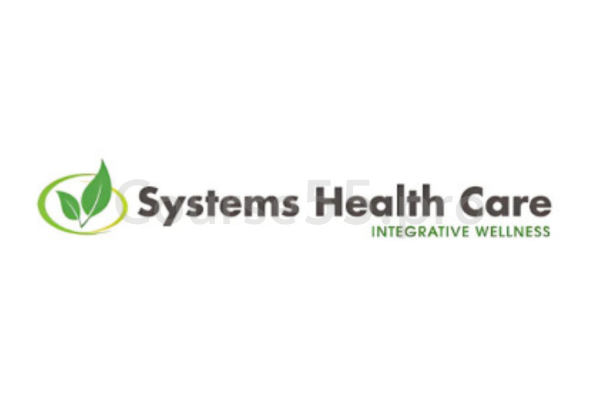
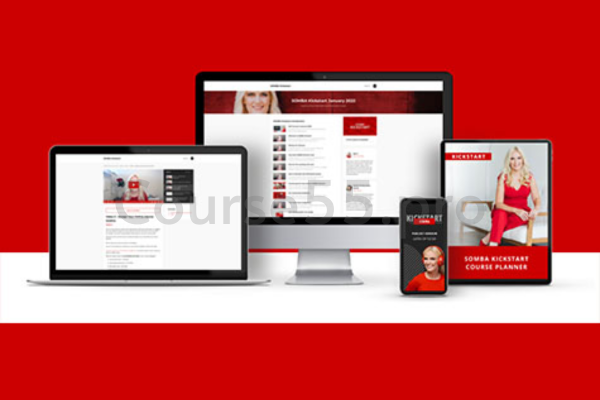

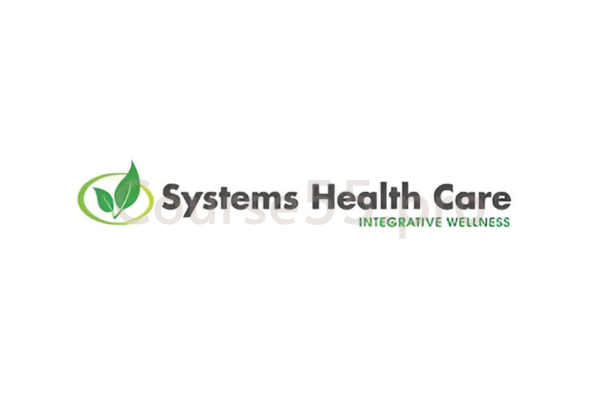


Reviews
There are no reviews yet.